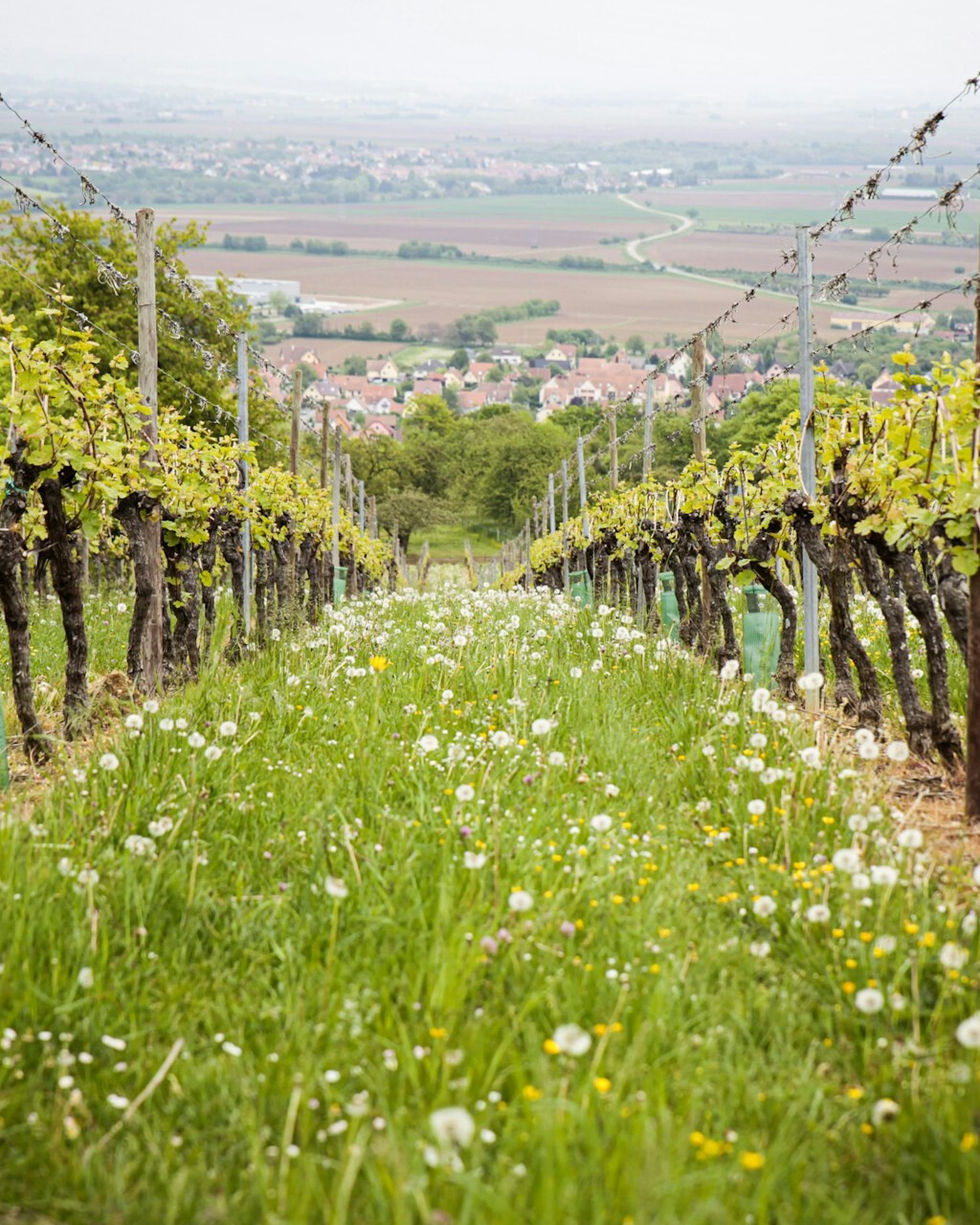There’s something about autumn that makes you crave red wine. The air cools, the leaves turn, and suddenly the chilled rosé that made perfect sense in July feels out of place. But this year, instead of reaching for a Burgundy or a New Zealand Pinot, I’ve been pouring something a little closer to home: English Pinot Noir.
It’s a grape that’s quietly redefining what English still wine can be. Once seen as too tricky for our unpredictable climate, Pinot Noir is now thriving in vineyards from Kent to Essex. And the results are frankly astonishing. Silky, aromatic, and wonderfully light on its feet. Like autumn itself in a glass.
The Grape That Nearly Gave Up
Pinot Noir has always been the heartbreak grape, thin-skinned, delicate, and fussy about weather. For decades, English winemakers used it mainly for sparkling blends. But as the climate warmed and viticulture improved, some started daring to make still Pinot Noir with serious intent.
Vineyards such as Gusbourne in Kent, Danbury Ridge in Essex, and Lyme Bay in Devon are proving that English Pinot can hold its own on the international stage. These wines offer lifted red fruit, think wild strawberries, cherries, and cranberry, balanced with savoury earthiness and a gentle hint of spice. They’re elegant rather than heavy, and that’s their superpower.
Where It Works Best
Southern England’s chalky soils, the same that stretch across Champagne, are perfect for Pinot. But it’s the east coast that’s now stealing attention. Essex, Kent, and Suffolk all benefit from drier conditions and more sunlight than the south-west, giving grapes a chance to ripen properly without losing acidity.
Danbury Ridge’s winemaker Liam Idzikowski once described Essex Pinot as “our quiet miracle.” He’s right. The best examples have Burgundian structure but an unmistakably English freshness, something lighter and more precise. A Pinot with a British accent, if you will.
How to Enjoy It
English Pinot Noir isn’t a fire-side heavyweight. Serve it just slightly cool, around 14°C, and let it breathe for ten minutes. It’s brilliant with mushroom risotto, roast duck, or even herb-roasted chicken. The wines have a clarity that sings alongside autumn flavours, earthy, savoury, umami-driven dishes.
And the best part? You don’t need to decant or cellar them for years. English Pinot is made to be enjoyed young, vibrant, and alive. Just open and pour, ideally while the rain hits the windows and there’s a Sunday roast in the oven.
One to Try
If you can find it, Gusbourne’s Pinot Noir 2022 vintage is an excellent introduction. It’s bright and aromatic, with notes of raspberry, cherry and a whisper of smoke. For a bolder style, Danbury Ridge’s Pinot Noir from Essex is worth the splurge, deeper, richer, but still elegant. Both are proof that world-class English reds aren’t a fantasy anymore, they’re already here.
The Future Is Red (and Local)
English wine has come a long way in the last decade, but Pinot Noir might be the real coming-of-age moment. These wines show confidence, a new maturity in style and self-belief. They’re not trying to imitate Burgundy, they’re proudly their own thing.
So next time you’re browsing a wine list, skip the usual suspects and ask for an English red. You might be surprised how beautifully it fits the season and how satisfying it feels to drink something that reflects our own soil, our own climate, our own time.
That’s autumn, bottled.




